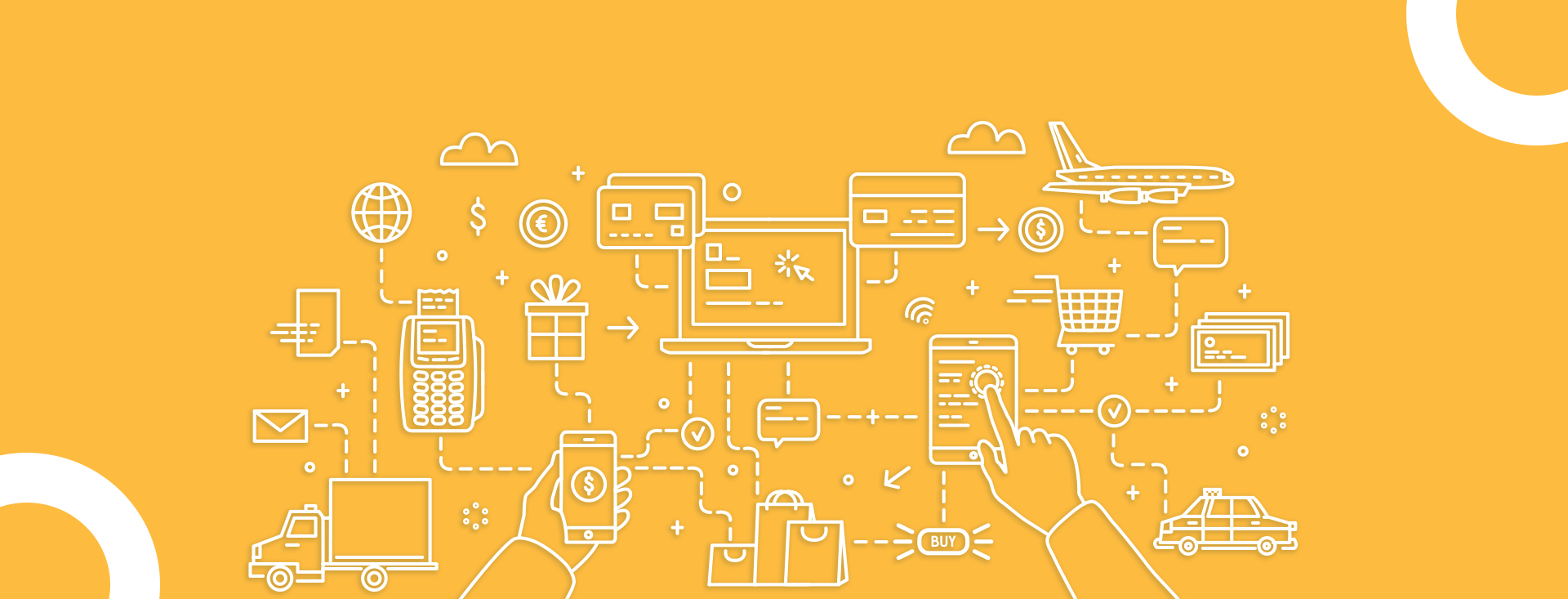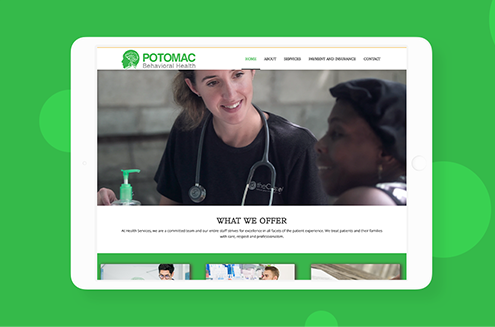 https://xoopah.com/wp-content/uploads/2021/03/health-thumb.png
327
626
blogMaster
/wp-content/uploads/2020/06/xoopah.png
blogMaster2021-03-11 12:05:172023-01-18 07:49:04Some key features of a good healthcare website design
https://xoopah.com/wp-content/uploads/2021/03/health-thumb.png
327
626
blogMaster
/wp-content/uploads/2020/06/xoopah.png
blogMaster2021-03-11 12:05:172023-01-18 07:49:04Some key features of a good healthcare website designWhether you are a freelancer, run your agency, or work on a customer success team, to collect payments from customers successfully and without hassle is one of the essential aspects of your business. Client payments, after all, are what keep the lights on for your business.
What you need to know about collecting payments from customers
According to SmallBizTrends, 54% of businesses reported that it took too long to receive payments from customers, and 45% said that their customers did not pay on time. Another study discovered that the average small business in the United States is waiting on $84,000 in unpaid invoices, with 81% of those invoices outstanding for more than a month. You can use a variety of strategies to collect payments from customers.
When it comes to ensuring the success of your business, cash flow management is a critical component. If you have clients who never pay on time, then it’s not as simple as it appears to get them to pay on time. Accommodating late payments causes major cash flow issues, according to multiple studies. There is a major risk of running out of money, no matter how well-managed your cash flow may be if you’re not collecting payments on time.
This blog will highlight the best tips that enable you to maintain steady cash flows, thereby avoiding the need to hire a collection agency.

Expectations of consumers from a Payment System
Technological advancements have forever altered the way we pay, and there is no turning back. In fact, as a result of increased safety concerns, 78% of global consumers have changed the way they pay for items using digital transactions. In this new era of mobile payments, it’s time to reconsider how your company collects payments from customers.
Here are some steps your financial institution can take to meet today’s consumer preferences and needs.
Easy-to-use interface and quick payment capability
Implementing real-time payment capabilities is one potentially critical strategy for meeting consumer expectations. Financial institutions have a solid customer base. By forming direct connections and introducing convenient options, there is the potential to satisfy a significant customer need in their daily lives, thereby strengthening their loyalty.
You can make it easier for consumers and your team to manage convenient payments by using a single platform to handle payments through self-service and internal operation. This also necessitates making payment more straightforward and faster through a simplified and intuitive transactional structure that breaks down payment processes into simple steps that a consumer can easily follow.
Integrated payment options
Consumers are increasingly demanding a broader range of payment options, expecting to be able to make payments at any time, from any location, using any method.
Consumers today make purchases through any available channel. They expect simple transactions and “Omni-commerce,” or the integration and consistency of payments across channels and devices, to create a seamless, superior customer experience.
With Xoopah, you can receive payments instantly, online! Xoopah offers integration of secure & straightforward payment options – Stripe and Authorise.Net.
Convenient payment methods
The average global shopping cart abandonment rate for retail is 72.8%. Plus, 73% of shoppers will leave a poorly designed website for one that makes purchasing a product or service more accessible. One of the factors driving this large number is slow checkout processes that cause shoppers to hesitate and ultimately go elsewhere.
Today’s consumers expect brands to meet their needs head-on. You will position yourself as a forward-thinking business with your customers’ interests at heart by offering multiple payment options. In turn, this will raise your brand profile while increasing your sales. Offering more payment options will also take the hesitation of making a purchase.

Here are 7 tips to collect payments from customers conveniently
1. Set your expectations
Begin by establishing clear expectations about your payment system, including payment timing. This should all be spelled out in your payment terms.
Inform the customer when you will be requesting payments so that they will know when to look for the invoice. Please make sure they also know when you expect to receive compensation, so a customer can’t claim they didn’t know you needed to be paid by a specific date.
2. Have a written agreement in place
Regardless of whether you’ve just signed a new customer or are renewing an existing contract, it’s critical that the conditions of collecting payment, deadlines, and any other relevant payment details are laid out in writing. To avoid future misunderstandings, discuss it with each other now. The terms of your agreement might be emphasized on each invoice that you send, but be careful with your language.
Using language like “payment due within 20 days” instead of “net 20” makes it easier for customers to understand payment conditions, according to a Freshbooks study.
3. Determine the due date for payment
As mentioned in the previous tip, determine when payments are due and communicate this to the customer. Then, adhere to the agreed-upon deadline.
Some businesses require payment in advance or at the time of the initial service. Perhaps you anticipate receiving payment 15 or 30 days after sending the invoice. Maybe you expect to receive half of the payment up front and the other half when the service is completed. Requiring upfront payments for work is a great way to reduce late invoices and get paid faster.
It would help if you decided what is best for your company and what is fair to you and your customer.
4. Send the payment notification in the most convenient way possible
Making it easy for customers to pay is one of the most important tips for collecting payments. Try text-to-pay, for example, and work to meet your customers’ preferences.
-
- Text-to-pay
Text-to-pay is one of the most convenient ways for your customers to pay. It accepts a wide range of payment methods, including credit cards, Google Pay, and Apple Pay.
You text a link to your professional invoice to your customers using text-to-pay. They then make a payment with their phone. They won’t have to worry about online fraud because they will click on the link you send.
-
- Invoices.
You should also provide other convenient invoicing options. Make sure, for example, that you can send invoices via email in addition to mailing them.
The invoices themselves should also be professional and contain clear instructions.
-
- Telephone calls
Traditionally, accepting payment over the phone was a convenient option for customers. While most customers today prefer non-calling methods, such as text-to-pay, some will continue to choose this method.
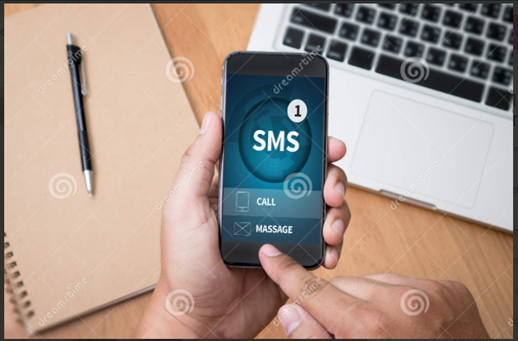
5. Send the invoice right away
When you send the invoice, it can significantly impact how quickly your customers pay and whether they pay.
This begins with the fact that sending the invoice earlier allows them to pay it sooner. After all, customers can’t pay invoices if you haven’t sent them.
More importantly, if you send the invoice quickly, the client will remember your products or services. In other words, they will remember that you provided a product or service for which they owe money.
6. Accept their preferred payment method
Another vital tip to collect payments from customers is to accept the payment method that your customers prefer. Your payment processing will determine the ways you can use, but you should consider expanding if necessary.
Credit cards, Apple Pay, and Google Pay have already been mentioned. Consider what other methods they might want to use. You could even include them in a survey. Other popular payment methods include ACH and eCheck.
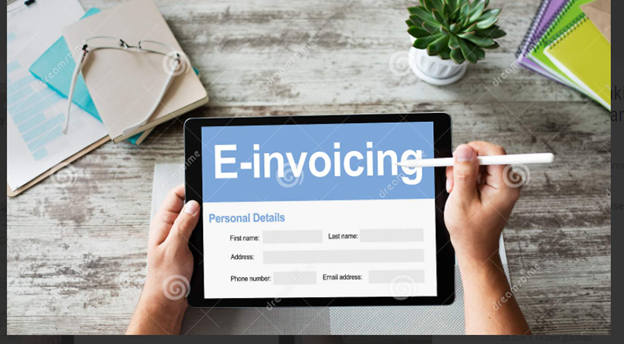
7. Following up
If your client does not promptly send payment after sending the initial invoice, be sure to follow up. You should always follow up with customers after they purchase a product or receive a service. Keep in mind that following up with them will assist you in ensuring that your customers are satisfied. This way, you’ll be aware of any potential issues and have time to address them.
Following up with your customer also aids in the development of a relationship, which is something that every small business owner should strive for. This relationship has the potential to increase customer loyalty and referrals.
8. Send a letter of reminder
Send your clients a reminder letter after the invoice, in addition to a general follow-up asking for feedback.
Remember to send the initial reminder early enough so that they have enough time to pay on time. You can avoid late payments and unpaid invoices by doing so.
If they miss the payment deadline, send another professional reminder letter. After payment is past due, you can even mention the payment terms they agreed to in the reminder letter.
9. Reward the customers who pay on time
Incentives are a great approach to collecting payments from customers. If your customers pay on time and before the invoice is due, you may want to reward them with gift certificates or small product discounts. However, you must ensure that your incentive will entice your clients to pay their invoices promptly.
With Xoopah, you can easily set up different discounts and pricing options for your customers if you’re using credit cards or direct debit payments. Those customers who switch to credit cards or direct debit payments can have an automatic discount applied to their account when their account is charged.
.
10. Review your invoices
We’re referring to keeping track of all your bills to see which clients have paid and which ones haven’t yet. You can accomplish this manually, or you can use a computerized tool if you’re too busy with administrative duties. Many web-based systems, including most accounting software, can promptly alert you who hasn’t paid so that you can pursue them immediately rather than waiting until they have paid.
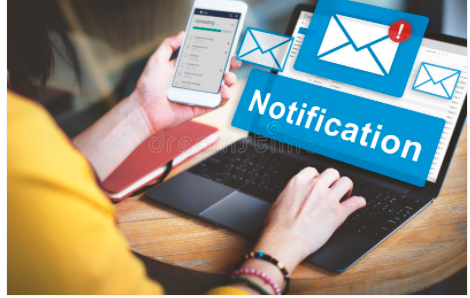
Ideas for Payment Reminder Email Templates
We’ve created some simple email templates that you can customize for your clients.
Payment Request Dos And Don’ts
DOs for requesting client payments
Keep in mind that you should always evaluate potential clients before selecting whether or not to work with them.
DO: Request partial payments in order to prevent non-payment.
DO: Clarify your payment policies and late fines with consumers upfront to avoid any misunderstandings.
DO: Use smart payment reminders to regularly notify clients of their invoice due dates in advance and to follow up with them when they are past due.
DON’Ts for requesting client payments
Be specific about the due date of the invoice. Indicate the date by which payment is due or the terms of payment (such as within 30 days).
DO NOT forget to deliver invoices as quickly as possible. Don’t let a snag in your own bookkeeping hold up your payment.
DO NOT make it difficult for your clients to make payments. Improve the customer experience and reduce non-payments by accepting a variety of payment options.
IDEAS FOR PAYMENT REMINDER EMAIL TEMPLATES
We’ve created some simple email templates that you can customize for your clients.
Payment Reminder Template for One Week Ahead
Sending a payment reminder to your client one week before the payment is due is a good way to bring your payment to your client’s attention before it becomes an overdue payment. This is usually a lighthearted, friendly email that should be a regular part of your payment collection process. This will help you get a higher percentage of your payments made on time, before the due date, and before late fees are assessed./p>
Subject of Email: Friendly Reminder: Invoice [#] Due in one week
Hello, [client name],
I hope everything is fine. I had a great time working on our project together and wanted to let you know that Invoice [#] is due one week from today.
You can view the invoice here [invoice link] and learn about the various payment methods we accept.
Please contact us if you have any questions about the invoice, payment methods, or services provided.
Thanks!
[First Name]
Friendly Payment Reminder Template for One Week Late
Consistency with your follow-up email is one of the most powerful tactics to use in order to get paid. This does not imply that you should send an email to your clients on a daily basis, but a weekly or biweekly email will not come across as pushy. Use the invoice template below to send a payment reminder email to your client or modify it to your liking.
Subject of Email: Friendly Reminder: Invoice [#] One Week Overdue
Hello, [Client Name],
I hope you’re having a good week. According to my records, I have not received payment for Invoice [#] of [invoice amount], which is now one week past due. Could you please look into this for me?
Please let me know if there is anyone else I can contact about payment or if there is a system or process I can use to make payment easier for you.
I have attached the invoice [insert invoice link] for your convenience.
If you could provide an update on when this payment should be received, that would be fantastic.
Best wishes,
[insert first name here]
Last-Minute Payment Reminder Template for One-Month Late
It’s good to include some of the consequences of not paying the invoice in the email that goes out more than a month late. This can be a late payment or a fee, or if you’re still working on a project with them, you can temporarily pause services until payment is made.
Email Subject: Invoice [#] is now 30 days overdue – please send payment
Hello, [Client Name],
This is your final notice that your payment on invoice [#] is overdue. My first email to you was sent on [date]. Please let me know if there is anything else I can do to get the payment started.
I’ve attached the invoice here [insert link], where you can easily make a professional payment using various payment methods.
Please remember that any payments received after 30 days are subject to late fees as outlined in our contract terms.
Please arrange for the payment of this invoice.
Thanks,
[First name]
Conclusion
Unpaid invoices can put businesses in a tough spot. While it is vital to maintain strong relationships with your clients, those relationships will be useless if you are not paid.
Find a balanced approach and collect late invoices from your clients without damaging their customer experience.
Frequently Asked Questions
How Should a Small Business Owner Deal with Late Payments?
Regularly, small business owners face cash flow issues. The best time to deal with late payments is before they occur. Sort out your contracts with the proper contact information, have each customer sign one before work begins, and use a sound invoicing system. Then, hopefully, your company will no longer experience late payment issues.
How can I collect payments conveniently through Xoopah?
Payment can be collected by sending the customer a payment link via email or SMS. The payment link is integrated with Stripe and Authorized.net. Another way is to process payment via Visa or Mastercard by entering card details in the “Collect Payment Now” tab of the “Get Paid” option, either from Contact Hub or Bookings.
How can I get Paid faster than ever?
Small businesses that collect online payments see an increase in revenue. This is because you get paid faster when you allow customers to find, book, and pay for your services online.
What is the best way to receive payments from customers?
The fastest and easiest way to receive payments from customers is through SMS payments. In addition, customers can quickly pay in real-time with credit cards, Apple Pay, and other forms of payment, making it convenient, fast, and secure.

